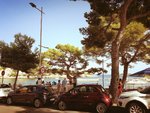Shibui
Imperial Masterpiece
Just noticed these pines planted outside a cemetery.
Hoping someone can narrow down the possible ID? Please note that no pinus species native to Australia so these hail from north somewhere.
habit:
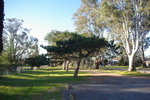
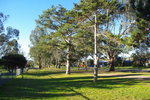
Bark looks quite distinctive. Obviously not JBP or JRP
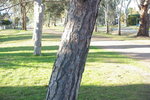
2 needles to a sheath
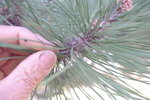
buds have not begun to extend yet.
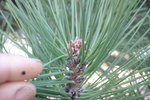
Small- med pointed cones
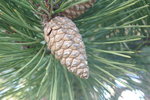
opening to rounded

Any thoughts or ideas that will narrow down the possibilities would be welcome.
Hoping someone can narrow down the possible ID? Please note that no pinus species native to Australia so these hail from north somewhere.
habit:


Bark looks quite distinctive. Obviously not JBP or JRP

2 needles to a sheath

buds have not begun to extend yet.

Small- med pointed cones

opening to rounded

Any thoughts or ideas that will narrow down the possibilities would be welcome.

